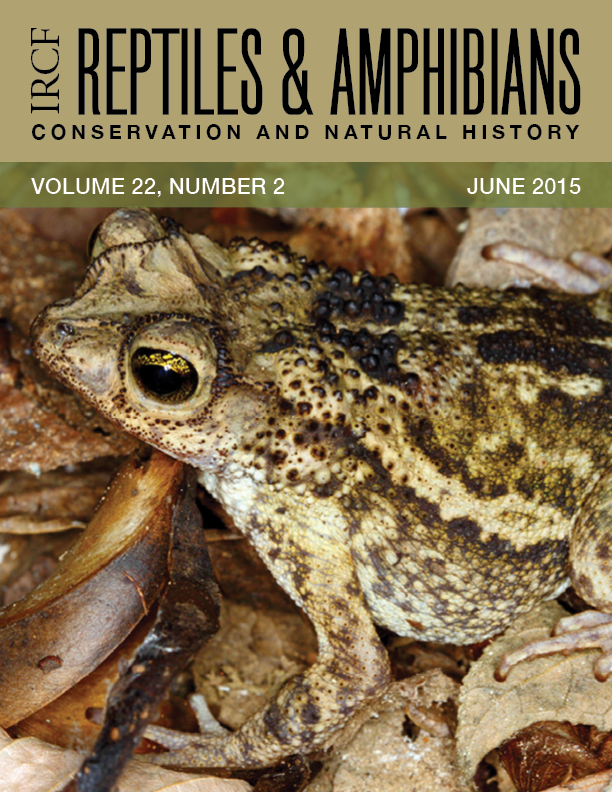Biology and Captive Breeding of the Amazonian Milk Frog, Trachycephalus resinifictrix (Goeldi 1907)
DOI:
https://doi.org/10.17161/randa.v22i2.14047Keywords:
Anura, Hylidae, Trachycephalus resinifictrix, Captive husbandry, ConservationAbstract
Although the Amazonian Milk Frog (Trachycephalus resinifictrix) is commonly bred in captivity in zoological institutions worldwide, very little information regarding these undertakings has been published. Here, I report my experience with the successful breeding of T. resinifictrix at the Touroparc Zoo. I highlight some fundamental biological traits in order to fulfill the requirements for captive breeding and to ensure the general welfare of these frogs. The aim is to provide guidelines that may be used by zoos, aquariums, and other facilities as well as private contributions to conservation breeding programs for endangered anurans with requirements similar to those of T. resinifictrix. In general, this species is easy to keep in captivity. Larvae are easy to produce and raise with very low mortality rates. They usually metamorphose at six to ten weeks. However, newly metamorphosed frogs are fragile and require more attention. Several pathogens are known to affect the health of amphibians, and stress can play an important role in immune function.
Downloads
Published
Issue
Section
License
Copyright is held by the authors. Articles in R&A are made available under a Creative Commons Attribution-NonCommercial 4.0 International license.

